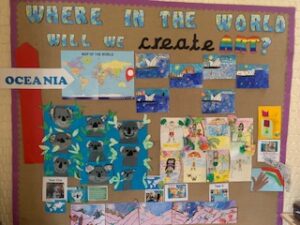Year 6 Hawaiian Quilts
ABOUT HAWAIIAN QUILTS
Traditional HAWAIIAN QUILTS feature a large symmetrical shape that has been cut from folded fabric and then APPLIQUÉD, or stitched along the shape’s contour, onto a larger piece of fabric. The radial design, or design that radiates around a centre point, is created much like a paper snowflake, which has been folded many times and
then carefully cut. The appliqué piece is generally representative of flowers, plants or fruits, which are all easily found in nature on the islands of HAWAII.
The Year 6 children were set the challenge of creating their own quilt, but out of paper that they had to paint to look like fabric. As you can see from the example – they rose to the challenge and did an exceptional job.
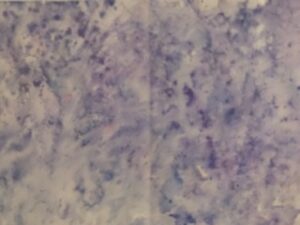
After that, they had to cut out intricate patterns and arrange them on coloured paper to represent a quilt.
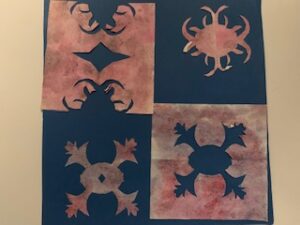
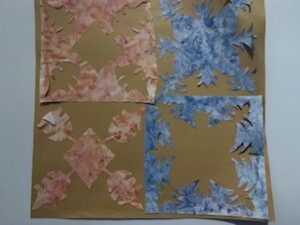
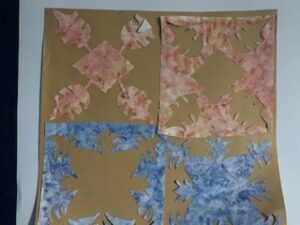
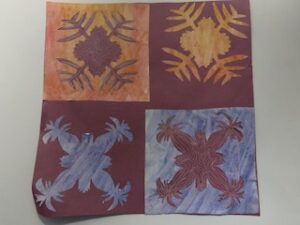
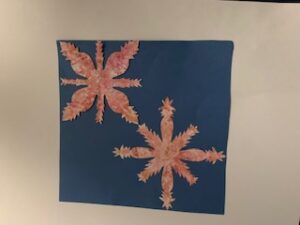
Year 5 Hawaiian Hula Dancers and The Coral Reef
ABOUT THE HAWAIIAN HULA
In ancient HAWAII, before Hawaiians had a written language, the HULA dance was used to tell stories. Each movement of the dance told part of a story. The hula was like a history book for the Hawaiian people. In Hawaii, children can go to special classes to learn hula dancing.
The children worked incredibly hard during this project, to get the proportions of the body correct and to create the perfect scenic background. I think you will agree that they have done an outstanding job!
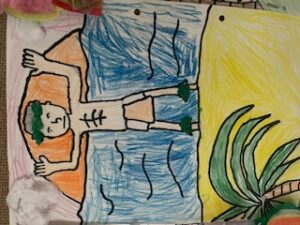
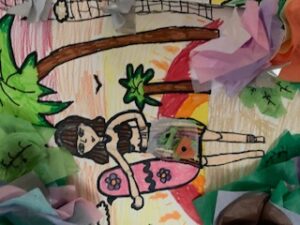
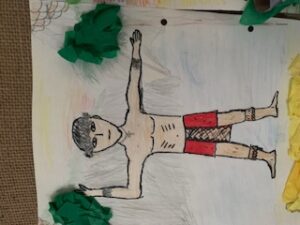
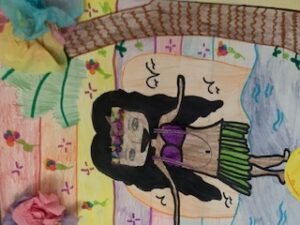
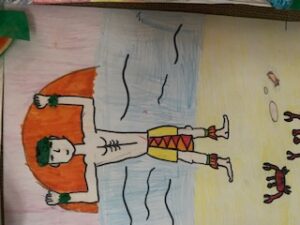
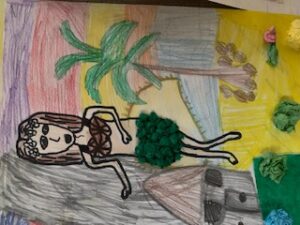
ABOUT THE GREAT BARRIER REEF
The GREAT BARRIER REEF is the world’s largest coral reef, located in AUSTRALIA. The reef is so large that it can be seen from outer space. The Great Barrier Reef is home to an extremely diverse range of life, from the actual living coral that make up the reef to the fish, turtles, dolphins and whales among many others.
The children created their own coral reefs, inserting plants and sea creature that are partially hidden among the beautiful coral.
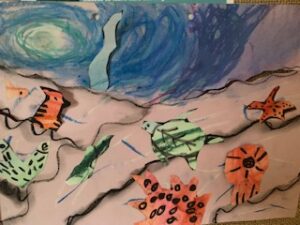
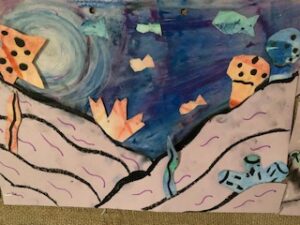
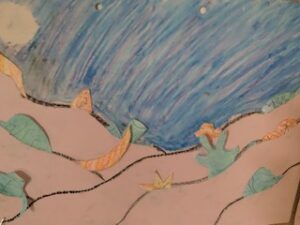
Year Four – Boomerangs
Boomerangs
A BOOMERANG is a throwing stick that is used for hunting or for recreation. Traditionally, it was used by Indigenous people in AUSTRALIA for hunting. There are many shapes of boomerangs that are used for different purposes, the most famous being the angled returning boomerang that goes out and then circles back to the thrower.
Sometimes boomerangs are decorated with
colours, shapes and images of animals.
The children created these stunning pictures that really capture the throwing of a boomerang.
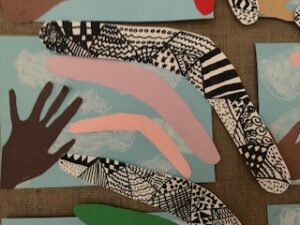

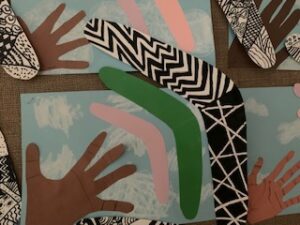
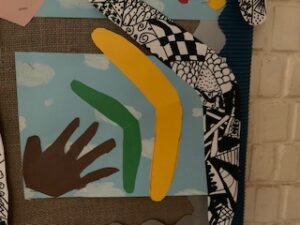
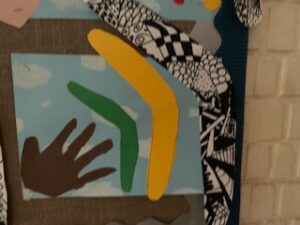
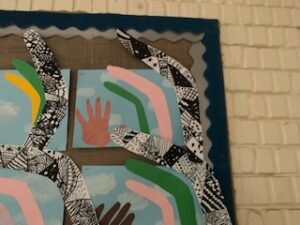
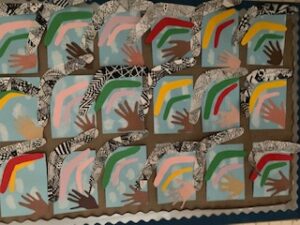
Year Three – Sydney Harbour
ABOUT SYDNEY HARBOUR
The SYDNEY HARBOUR BRIDGE is nicknamed “the coat hanger” because of the shape of its design. It carries road, rail and pedestrian traffic from Sydney’s business district to the North Shore. Since 1998, tourists have been able to climb to the top of the bridge. It takes almost four hours to climb up and down. It is one of the tallest bridges in the world, with a height of 130 yards from water level to the top.
The SYDNEY OPERA HOUSE is a performing arts centre. The shape of the building is based on the sails of a boat. In addition to concerts and events, around 2000 opera performances take place there each year.
Ken Done
KEN DONE is an Australian artist who is well known for his bold use of colour and his paintings of well known Australian landmarks such as the Opera House and the Great Barrier Reef.
Since his first solo exhibition in 1980, Ken Done has become one of Australia’s most famous artists. His work has been described as the most original style to come out of Australia, and his paintings are in collections throughout the world. Since his first solo exhibition in 1980, Ken Done has become one of Australia’s most famous artists. His work has been described as the most original style to come out of Australia, and his paintings are in collections throughout the world.
The children created their own pictures of Sydney Harbour, based on the style of Ken Done.
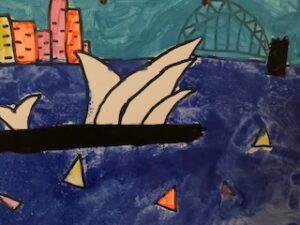
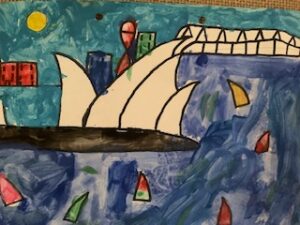
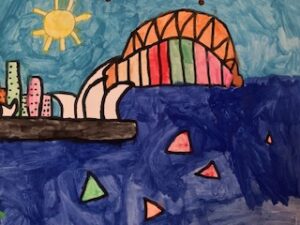
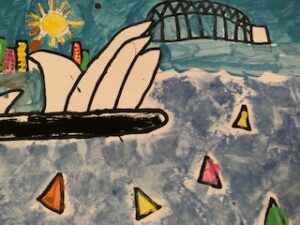
Year Two – sharks and volcanoes
ABOUT GREAT WHITE SHARKS
Out of 400 species of sharks in the world, around 170 can be found just in the waters off Australia. One of these species is the GREAT WHITE SHARK. Great white sharks are known for their large size. They can actually be found in the coastal waters of all major oceans and can live as long as 70 years. They eat a variety of fish and other marine animals and birds. Did you know that they have rows of teeth behind their main ones to replace any that might break off? While they may seem scary, their species has actually faced many challenges and is protected in Australia among other places.
The children used a range of painting techniques to create their ‘watery’ shark scene.
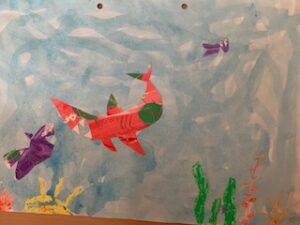
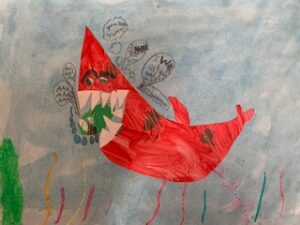
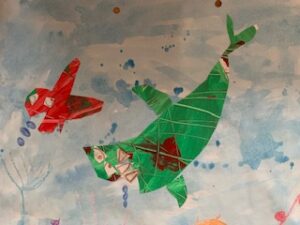
ABOUT VOLCANOS IN HAWAII
The islands of HAWAII were formed by volcanoes erupting in the ocean. The eruptions cooled and formed the land. Most Hawaiian volcanoes are now inactive, though there are still three active volcanoes on the islands which are constantly being watched to make sure the people of Hawaii stay safe.
The children created their volcanic scene using chalk and oil pastels. They finished by decorating their picture with brightly coloured Hawaiian flowers.
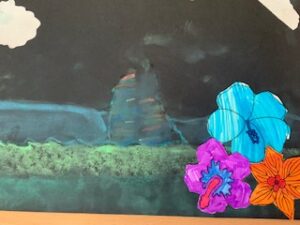
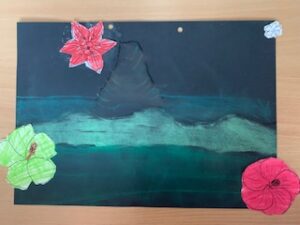
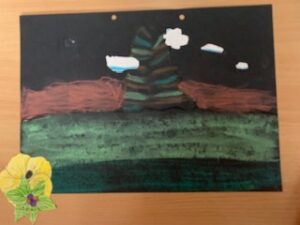
Year One Koalas
ABOUT KOALAS
KOALAS are native to Australia and despite often being called koala bears, they are not bears at all. They are actually marsupials and are more closely related to wombats. Koalas exclusively eat eucalyptus leaves, which are poisonous to most animals, but not koalas. They are best known for spending up to eighteen hours a day sleeping in eucalyptus trees. Because eucalyptus leaves are so low in nutrients, koalas need to sleep a lot to conserve energy.
The children created their own Koalas, even dipping a fork into the paint to make the fur texture. They all look amazing and it is hard to choose a favourite!
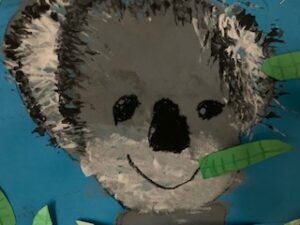
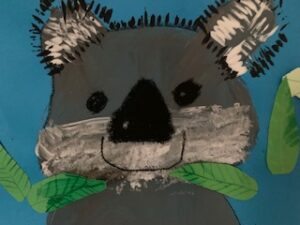
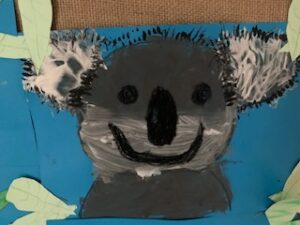
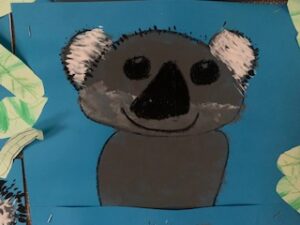
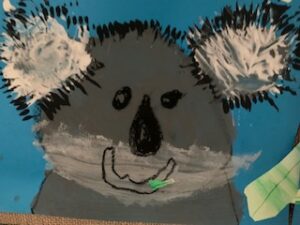
Reception – Kiwis
ABOUT KIWIS
KIWIS are birds that are only found in NEW ZEALAND. They are a national icon, so much so that someone from New Zealand is called a “kiwi.” These brown, chicken-sized birds cannot fly, but instead use their strong, short legs to get around. The kiwi has a long beak with nostrils at the end so it can find its food by smell, which is mainly worms, grub, seeds and bugs. Something unique about the kiwi is that the females lay very large eggs for their size. A kiwi egg is about 6 times the size of a chicken egg!
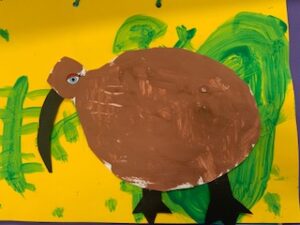
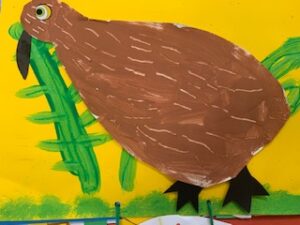
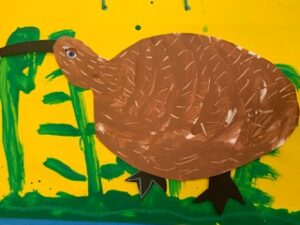
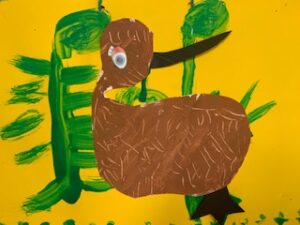
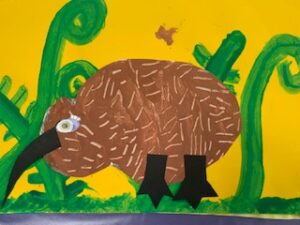
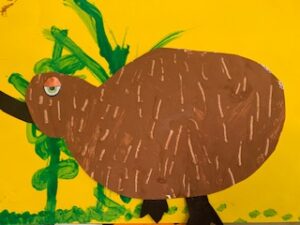
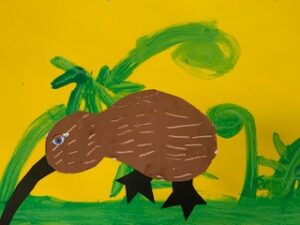
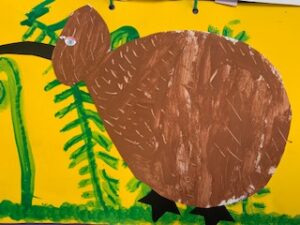
Oceania
The next stop on our Global Art Passport is Oceania! During the summer term the children will emerse themselves in the art from this region of the world.
